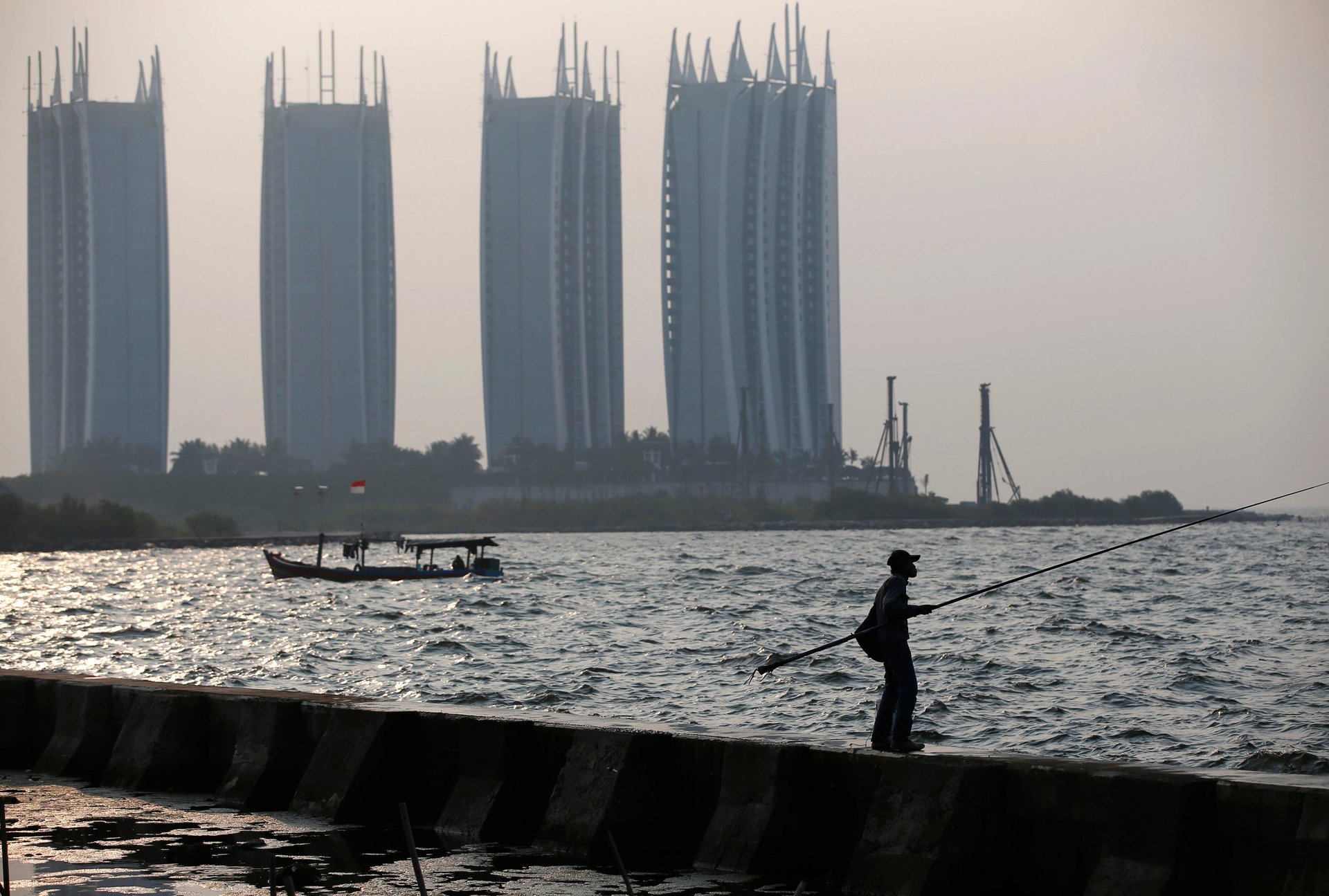Why these countries are building new capitals from scratch
Jakarta is sinking. In fact, it is one of the fastest-sinking cities in the world.


Jakarta is sinking. In fact, it is one of the fastest-sinking cities in the world.
That alone is reason enough to consider relocating Indonesia’s capital city to a less flood-prone area of the country, so the fact that it is also one of the world’s most gridlocked cities and has the worst air pollution in Southeast Asia makes the case for a new capital city ever more urgent.
On Monday (April 29), Indonesia announced that it would relocate the capital out of the country’s main island, Java. President Joko Widodo, who appears to have secured a second term in office per preliminary results, asked his ministers to draw up plans for candidate cities in the coming months.
According to the Jakarta Post, the country’s planning minister Bambang Brodjonegoro outlined three possible alternatives to the current capital.
The government could keep Jakarta as the capital, but move government offices to a special zone near the presidential palace about 30 miles outside of the city. Or it could set up a new capital up to around 30 to 40 miles beyond Jakarta. But because neither of the two options addressed the problem of overcrowding in Java, the government ultimately settled on the third: moving the new capital outside of Java altogether. A new location has not been chosen.
Indonesia is not alone in searching for new locations for its capital. Like Jakarta, Manila, the capital of the Philippines, is prone to flooding. That is why the country has begun to build a new “back-up” city, named New Clark City, in case Manila is hit by a natural disaster.
In South Korea, Sejong City is slated to be the country’s new administrative capital. Inaugurated in 2012, Sejong is part of a plan dating from 2002 to shift official functions out of Seoul. Since then, Sejong has become something of a baby-boom town, with the highest fertility rate among 17 Korean provinces and cities in a with a record-low fertility rate of 1.05, the lowest among OECD countries in 2015. The government expects to have 500,000 living in Sejong by 2030.
Egypt, too, is building a capital from scratch. Construction began on the as-yet nameless new administrative capital in 2015, and when completed it will span 700 square kilometers (270 square miles), about the size of Singapore. The idea is to ease pressure on cramped Cairo, replacing the current capital with a smart city in the desert with wide boulevards, neat rows of high-rises, luxury housing, and lush greenery. Whether ordinary folk can actually afford to move there is uncertain. Also unknown for now is how much the project will cost, how Egypt will pay for it (paywall), and what will happen to Cairo once the new capital takes root.
While talks between Egypt and a Chinese developer, China Fortune Land Development, for a $20 billion development of the new city fell through in late 2018, the state-owned Industrial and Commercial Bank of China has agreed to loan Egypt $3 billion to develop a central business zone in the new capital.